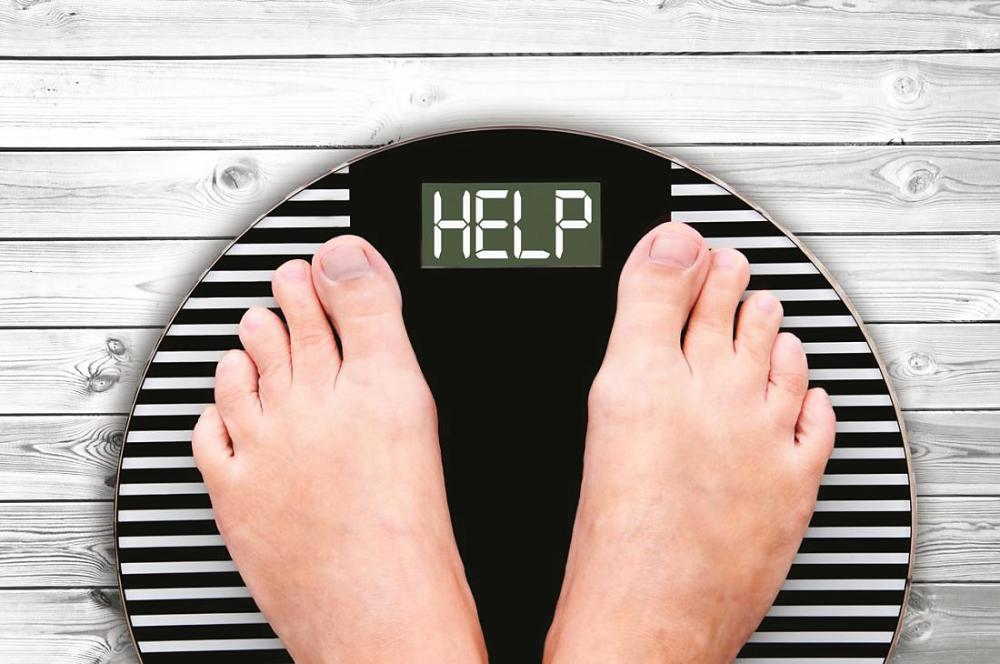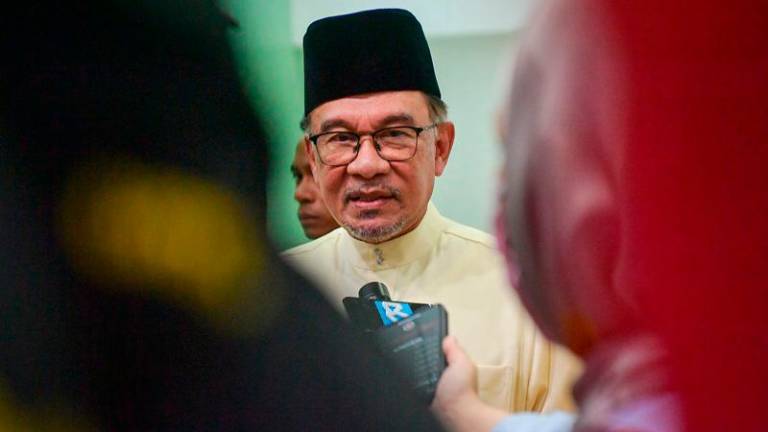OBESITY is not just a disease of the rich. Food shortage throughout history has led to the implication that being “fat is good” because only the rich and wealthy can afford to purchase food or indulge in mouth-watering dishes. It was only in the late 19th century when obesity was stigmatised and was later found to be a major contributing factor to
non-communicable diseases globally.
From scarcity of food during the Japanese Occupation and pre-independence to technological advancement in food processing methods, especially with giant fast-food chain investments, and easy accessibility to junk food has now made overweight and obesity a major public health crisis.
And this can be seen across all income population groups, not only in Malaysia but worldwide. Many may wonder why we name obesity a “silent killer”. Because research has shown that it will take years before its damage becomes fully evident, and irrespective of age, being overweight or obese is strongly associated with poor health outcome.
It is shocking to note that we are ranked first as the most obese nation in Asia, where two out of three individuals are overweight. According to the National Health and Morbidity Survey 2019, almost half of our Malaysian adults (50.1%) and 30% of children (aged five to 17 years old) are either overweight or obese, with more than 95% of them not consuming the recommended servings of vegetables and fruits, and these numbers are predicted to rise in future.
The other non-communicable diseases that are rising at a worrying magnitude are diabetes mellitus, which has increased from 11.2% (2011) to 13.4% (2015), hypercholesterolemia has increased from 35.1% (2011) to 47.7% (2015), and approximately 14.1% of the population has increased blood pressure that is unknown to them.
Our mindset that obesity is usually seen among the rich and urban population, while malnutrition is mainly among the poor and rural population, must change. Two major factors that are drivers of obesity are food and physical inactivity, which causes an imbalance between energy consumption and energy expenditure.
The Health Ministry has good and comprehensive dietary guidelines but how many practise this. A recent study has found that unhealthy dietary practices were common among the low-income groups living in urban areas. It is also undeniable that children nowadays are glued to their television, handphones and computer games.
In this modern world, can children be blamed when adults themselves are becoming slaves to technology and smartphones? As children tend to follow in their parent’s footsteps, it is important for parents to change their lifestyle.
What makes the situation more obesogenic for the urban poor?
1. Availability of high energy-dense food and drinks while healthy options are not easily available.
2. Higher income families can enrol in healthy lifestyle programmes which may be difficult for the lower income group.
3. Less conducive environment for physical activities and poor maintenance of parks and exercise centres.
What can we do?
We cannot just accept this as a norm and let future generations suffer the adverse effects of unhealthy eating and obesity.
1. Increase parents’ awareness through more robust and simplified health messages.
2. Parents should monitor their children’s weight and calculate their body mass index.
3. Face-to-face health promotions and education must be conducted, instead of depending completely on telehealth.
4. Teach children the different types of food that are healthy and unhealthy.
5. Empower the people to make healthy choices.
6. Initiate effective collaboration with all stakeholders to conduct health education, monitor availability and accessibility of healthy food choices, conduct healthy- cooking classes, and teach the community to substitute food choices with healthier options.
In view of the chronic nature of most obesity-related diseases and the huge cost of treatment, we should ensure that our community has access to healthy food and get involved in physical activities, so the nation does not fall deeper into this obesity epidemic.
Dr Kalaashini Ramachandran, Doctor of Public Health and Associate Prof Dr Hazreen Abdul Majid, Department of Social and Preventive Medicine, Universiti Malaya.
Comment: letters@thesundaily.com













